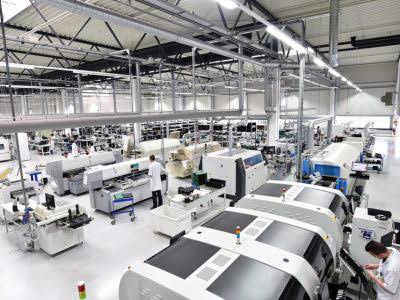
The salvage or the residual value is the book value of an asset after all the depreciation has been fully expired. The beginning balance of the PP&E is how to calculate salvage value of an asset $1 million in Year 1, which is subsequently reduced by $160k each period until the end of Year 5.
How Salvage Value Is Used in Depreciation Calculations

Besides, the companies also need to ensure that the goods generated are economical from the customer’s perspective as well. Overall, the companies have to calculate the efficiency of the machine to maintain relevance in the market. And the depreciation rate on which they will depreciate the asset would be 20%. If you lease a car for three years, its residual value is how much it is worth after three years. The residual value is determined by the bank that issues the lease, and it is based on past models and future predictions. Along with interest rate and tax, the residual value is an important factor in determining the car’s monthly lease payments.
- This method estimates depreciation based on the number of units an asset produces.
- This makes RAV particularly useful for planning around essential, high-value assets where operational continuity is crucial.
- If the asset is sold for less than its book value then the difference in cost will be recorded as the loss of the tax values.
- Companies can also use comparable data with existing assets they owned, especially if these assets are normally used during the course of business.
- Accountants use several methods to depreciate assets, including the straight-line basis, declining balance method, and units of production method.
Depreciation and After-Tax Salvage Value Assumptions

Though residual value is an important part in preparing a company’s bookkeeping financial statements, residual value is often not directly shown on the reports. You can stop depreciating an asset once you have fully recovered its cost or when you retire it from service, whichever happens first. You’ve “broken even” once your Section 179 tax deduction, depreciation deductions, and salvage value equal the financial investment in the asset. There may be a little nuisance as scrap value may assume the good is not being sold but instead being converted to a raw material. For example, a company may decide it wants to just scrap a company fleet vehicle for $1,000. This $1,000 may also be considered the salvage value, though scrap value is slightly more descriptive of how the company may dispose of the asset.
How to calculate the accumulated depreciation – the straight-line method
Companies consider the matching principle when they guess how much an item will lose value and what it might still be worth (salvage value). The matching principle can be considered to be a rule in accounting that says if you’re making money from something, you should also recognize the cost of that thing during the same period. If a company believes an item will be useful for a long time and make money for them, they might say it has a long useful life.

Salvage Value vs. Other Values
After tax salvage value is like the retirement money for a company’s equipment. It’s the amount a company thinks it will get for something when it’s time to say goodbye to it. Companies use this value to figure out how much to subtract from the original cost of the thing when calculating its wear and tear.


The Salvage Value is the residual value of a fixed asset at the end of its useful life assumption, after accounting for total depreciation. Jonathan writes about asset management, maintenance software, and SaaS solutions in his role as a digital content creator at Eptura. He covers trends across industries, including fleet, manufacturing, healthcare, and hospitality, with a focus on delivering thought leadership with actionable insights. Earlier in his career, he wrote textbooks, edited NPC dialogue for video games, and taught English as a foreign language. So to find the accumulated depreciation AD, we need to sum the total depreciation expense from each year. Owing to these factors, the companies need to make the asset cost-efficient.
